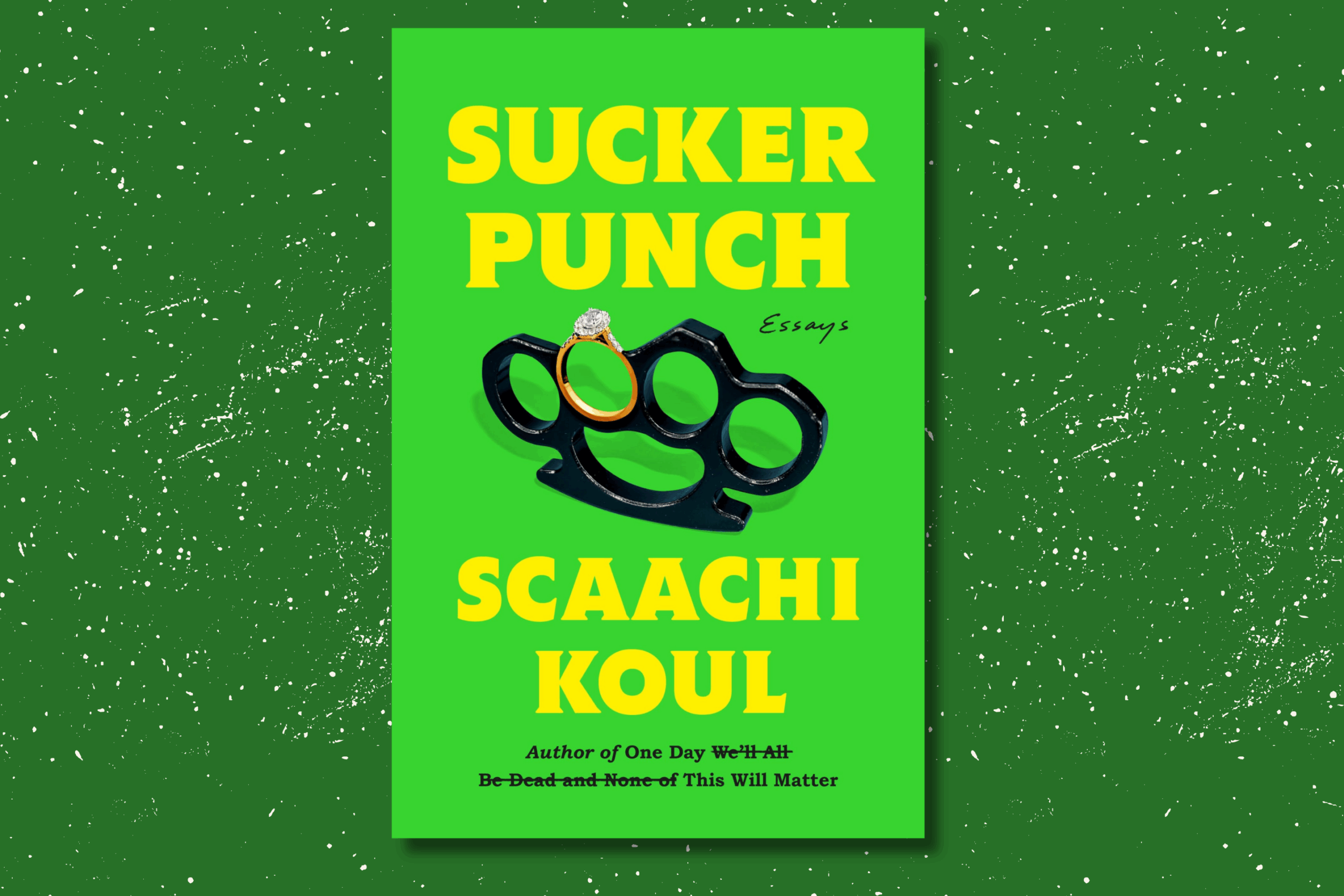(Photo by: Nakosi Hunter/CanCulture Magazine)
By Cheyenne Bholla and Isabelle Kirkwood
As Ryerson’s hosted its third annual INTRO fashion show, every element stood as an allusion to the growing demand for diverse representation in the fashion industry in Canada.
The INTRO fashion show is a student-run event that has been taking place each year since 2015. The Sears Atrium was jam-packed, as designs from a select group of first-year fashion design students made their way down the runway.
Inclusivity, imagination and functionality are taking the fashion industry by storm, and this movement was very much encapsulated by INTRO this year. The designs themselves were wide-ranging in approach and aesthetic, delivering flair and function that is sensible and chic for everyday wear.
The daywear dress is a highly revered first-year venture that every Ryerson fashion student is well aware of. Often seen among fashion acolytes as a gruelling but worthwhile endeavour, INTRO is a perfect primer for designers, models and artists alike.
Regardless of size, colour and creed, the models were picked to represent the ever-expanding diversity both in the industry and across Canada. Blaire Savage, model director and designer for INTRO, said she designed her plus size dress because she sympathizes with those who feel excluded from the world of fashion.
“You get neglected so much,” Savage said. “A lot of the time, mainstream fashion is directed towards the girls that are a certain height, a certain weight.”
(Photo by: Nakosi Hunter/CanCulture Magazine)
Margo Redman, one of the 10 models walking the runway that night, said she appreciated the show’s commitment to inclusivity.
“I’m five-foot-three, so I can’t really get signed with modelling agencies,” Redman said. “This is the first opportunity I’ve had to walk in a show, which I find phenomenal because I’d never get the opportunity otherwise.”
The fashion industry is known for showing a limited range of body types in advertisements and on the runway. According to the Canadian Women’s Foundation, fashion models are generally between a size zero to four, which is considerably smaller than the average Canadian woman’s size.
“I find certain things like this interesting,” said Emma Stevenson, another model in the show. “I want to get representation across the board, so as a person who has the body type to represent plus size women in fashion, I’ll be that gal.”
Enna Kim, who has modelled for INTRO twice, said that the way we see beauty needs to change.
“We want to [widen] the possibility of what fashion can be, or even change the definition of beauty, which is such a complex term,” Kim said. “I find that the word ‘model’ seems to be equivalent to being beautiful and that definition in itself doesn’t necessarily have to be the tallest, skinniest girl.”
The show exemplified different body shapes and sizes with dresses built to accentuate these differences.
With over 10 outfits in the show, each piece told a story of the vision and determination behind it. The designers’ creativity saw no bounds, not without intricate and enterprising arrangements that danced, shined and resonated.
(Photo by: Nakosi Hunter/CanCulture Magazine)
“Buttoning up” appeared to be a widely used theme in the show, with almost every garment donning top-to-bottom, front-facing buttons. In the words of Paula Cocozza, buttons seem to be back on the frontline.
Buttons either added a striking contrast to the garments, or they blended in subtly with the fabric, creating a fluid and unified look.
Also noteworthy was the pattern pairing utilized by designers. One such dress paired an olive green body with sheer white and accents of red plaid that were interwoven to create a day dress and trench coat medley, a particularly stunning ensemble.
Another was a royal blue midi with a Peter Pan collar paired with a pair of high lace-up combats, which possessed an edgy, haute-couture charm.
One more head-turner was a beguiling t-shirt dress which was fragmented between rose pink and cream, sporting a flirty, summer-blooming allure.
Irrespective of the designs’ similarities, the variety and multiplicity of style, technique and perspective truly spoke to the diverse representation the fashion industry is still very much hungry for.
“I hope people take from it that diversity is truly so beautiful,” said Stevenson. “Being one and the same is really quite boring.”
(Photo by: Nakosi Hunter/CanCulture Magazine)
Look out for more upcoming fashion events at Ryerson including the Fashioning Reconciliation lecture. For more information, visit the School of Fashion website.
This piece was edited by Aya Baradie.








